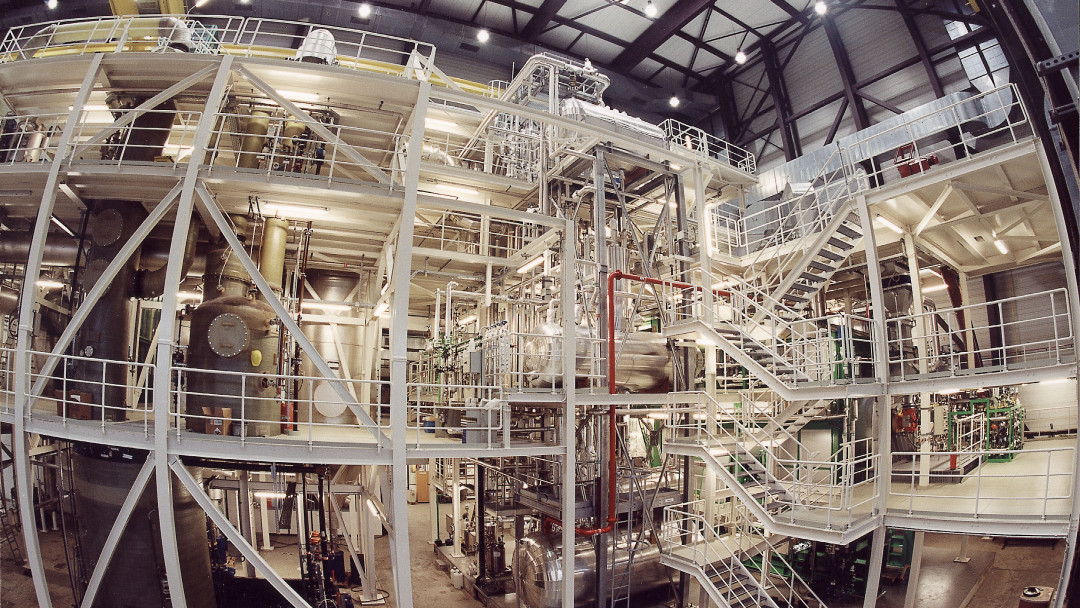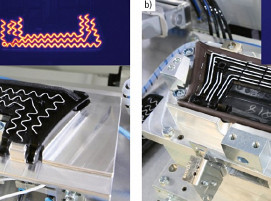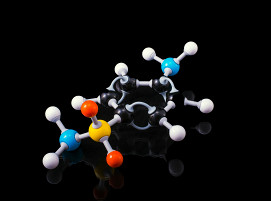
Researchers investigate the effectiveness of incineration processes
A research team led by Dr. Hans-Joachim Gehrmann from the Institute for Technical Chemistry (ITC) at KIT has now examined whether, and to what extent, these compounds are also released into the environment through waste incineration. In cooperation with the Indian company Gujarat Fluorochemicals, a manufacturer of fluoropolymers, the researchers conducted experiments at the BRENDA power plant pilot combustion chamber (combustion chamber with steam boiler) at KIT. Fluoropolymers were incinerated, and PFAS concentrations in the wash water, ash, and exhaust gases were subsequently measured. The experiments aimed to determine at what incineration temperatures and conditions the most complete destruction of PFAS could be achieved.
Representative mixture of fluoropolymers
The researchers tested two different temperature conditions: 860 degrees Celsius, corresponding to European standards for household waste incineration, and 1,095 degrees Celsius, as used in hazardous waste incineration. In both cases, the minimum residence time for the exhaust gases in the combustion chamber was two seconds. '"We were able to demonstrate that at combustion conditions of 860 degrees Celsius and a two-second residence time, a fluorine-related degradation rate of more than 99.99 per cent can be achieved. This means that under conditions similar to those in household waste incineration, almost complete mineralization of fluoropolymers was achieved," reports Gehrmann. "Incineration at 1,095 degrees Celsius did not significantly increase the degradation rate. This suggests that a higher temperature does not have a major influence on the mineralization of fluoropolymers."
For the experiments in the combustion chamber, the team selected a representative mixture of fluoropolymers that covers 80 per cent of the fluoropolymers used commercially worldwide, including polytetrafluoroethylene (PTFE, also known as Teflon), polyvinylidene fluoride (PVDF), perfluoroalkoxy polymers (PFA), and fluoroelastomers (FKM).
Sampling was conducted at several points in the incineration process: at the outlet of the secondary combustion chamber, after the boiler and in the exhaust gas at the chimney. In addition, the team analyzed samples from the wash water and ash. Using analytical methods such as gas chromatography-mass spectrometry, PFAS were precisely identified and quantified. "The results are good news for the near-total disposal of fluoropolymers via household waste incineration according to European standards," Gehrmann evaluates the research findings. "However, PFAS also enter the environment through other pathways, which still need to be investigated and assessed."
(Source: KIT Press Release)
Schlagworte
Forever ChemicalsPFASPolymerResidue





![Joining Plastics [EN]](/images/frontend/journals/joining-plastics_sm.png)

